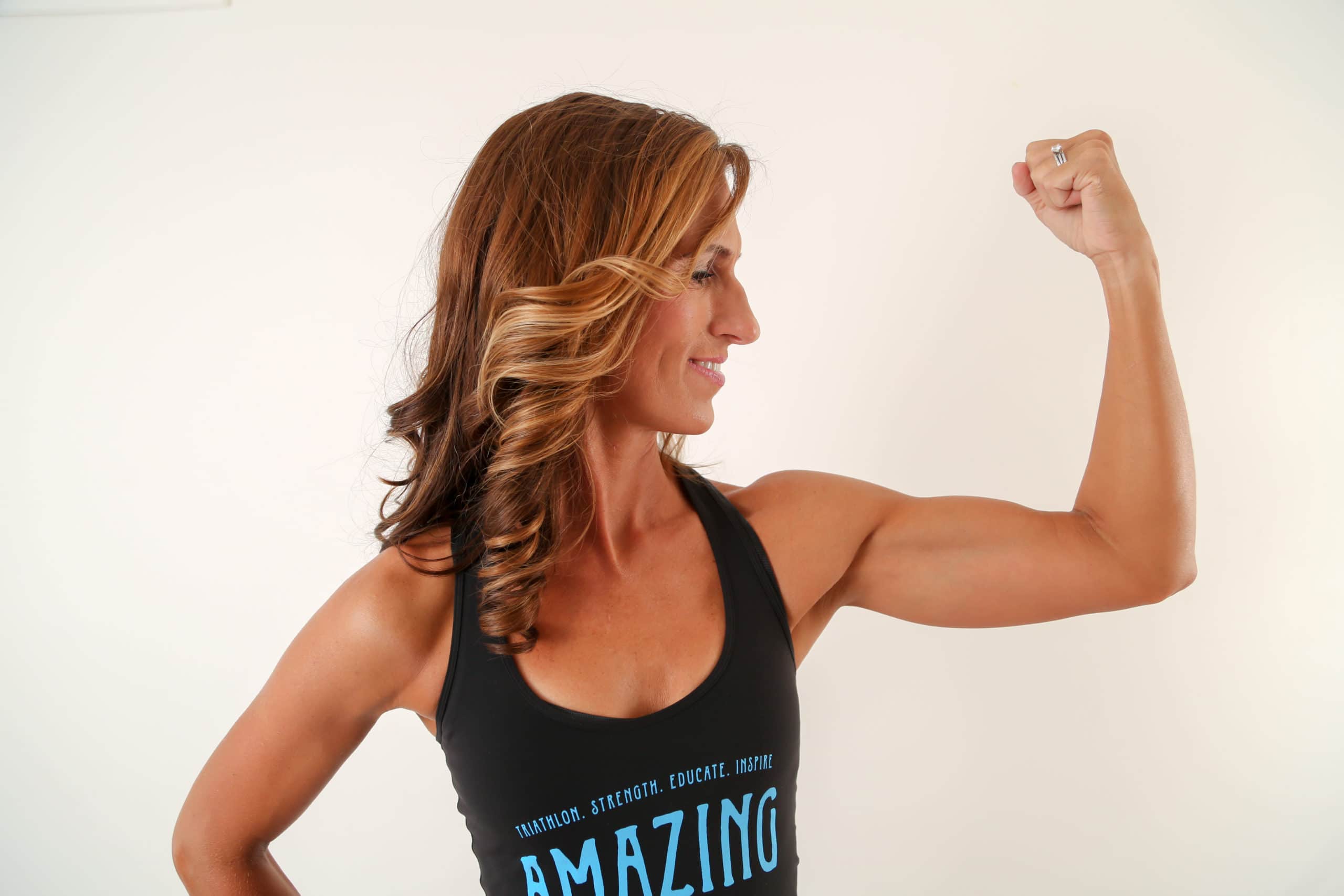Triathlete: Are You Looking to Run Faster, Look Better and to Get Stronger?

FYI: This is Chapter 2 of my ebook and paperback book, “Rulon Rules: Strength Training & the Triathlete.”
Speeding Your Step: To Get Faster
In the triathlon world, we know we have to swim, bike, and run. Recently, there has been a lot of talk about strength training for triathletes. A recent article in the Journal of Applied Physiology reported a study on endurance athletes’ most effective strength training. The study tracked two groups: one that lifted heavyweight at fewer repetitions and another that lifted lower weight but at higher repetitions. The study showed improvement in both sets of athletes. The main takeaway of this study was that the body would improve lean body mass, fat body mass, and muscle fibers when you lift weights.
Strength training not only helps the heart but helps with overall body composition. So, where does strength training help with sports performance? First, strength training helps with sports performance by allowing athletes to perform faster.
Most triathletes want to improve their speed. Not only does strength training increase leg strength, but it will also improve the body’s effectiveness in using energy and oxygen, which is called Running Economy (RE).
Running Economy (RE) is based on how athletes utilize their steady-state oxygen consumption (VO2) at any given running speed. In the Journal of Strength and Conditioning Research, concurrent strength and endurance training in the periodization of endurance training show improvement in cyclists and triathletes. It has also been shown to increase the RE in distance runners.
The goal for the triathlete is to improve RE, but as these studies show, RE is not just based on the athlete’s oxygen efficiency. By adding strength training for the athlete, not only will it help their RE, but it will improve their coordination and neural drive. Of course, as runners and triathletes, we discuss how we don’t want to gain muscle mass. Still, the study of Piacentini et al. shows that a well-structured maximal strength training program for a limited amount of time can increase the athlete’s RE without stimulating hypertrophy.
When triathletes incorporate strength training, they will become faster through improved leg strength, much different from “bodybuilding” leg strength. Additionally, they will enhance the body’s ability to use energy and oxygen. This, in turn, allows the triathlete to run faster.


